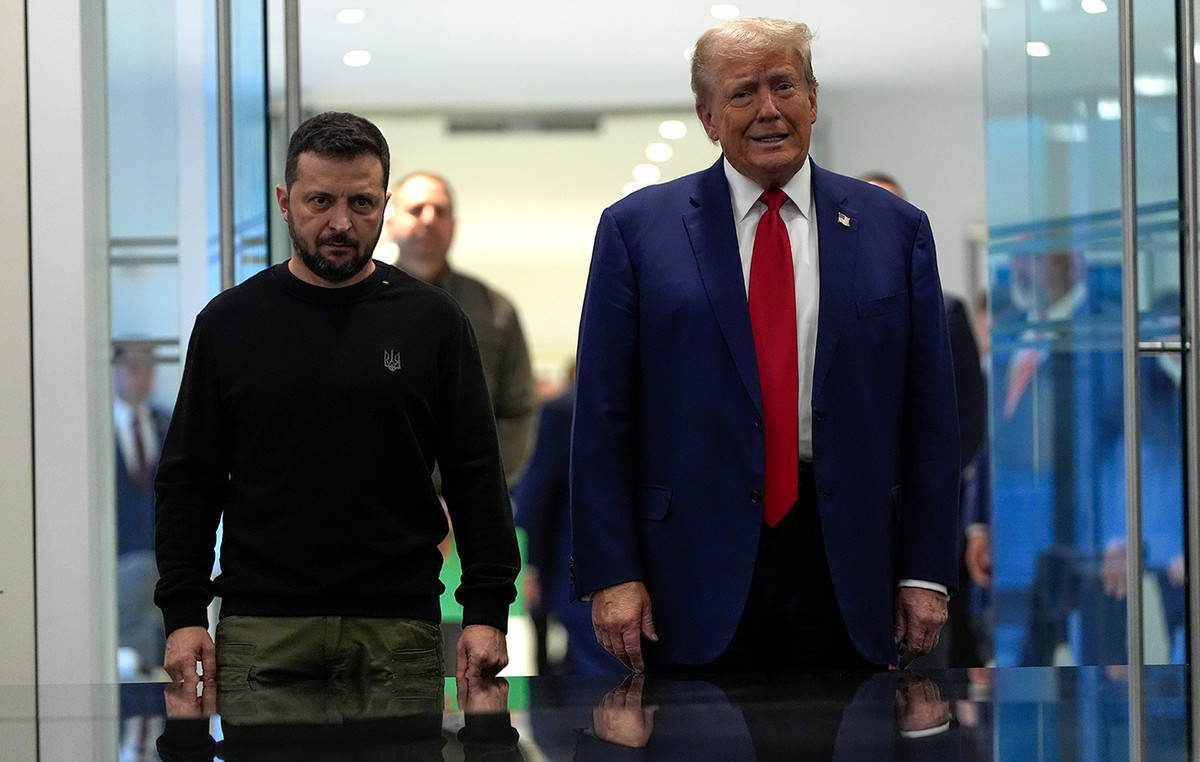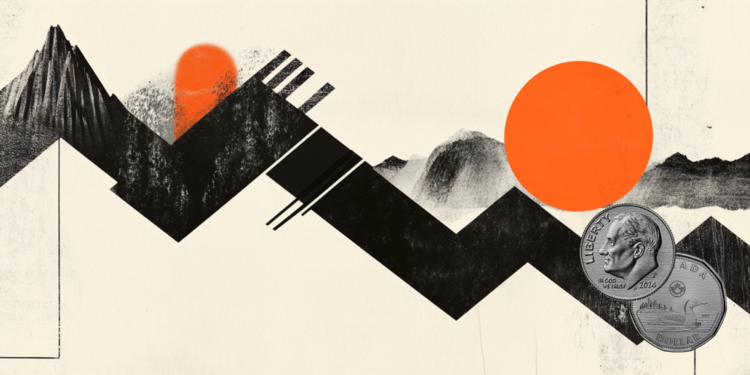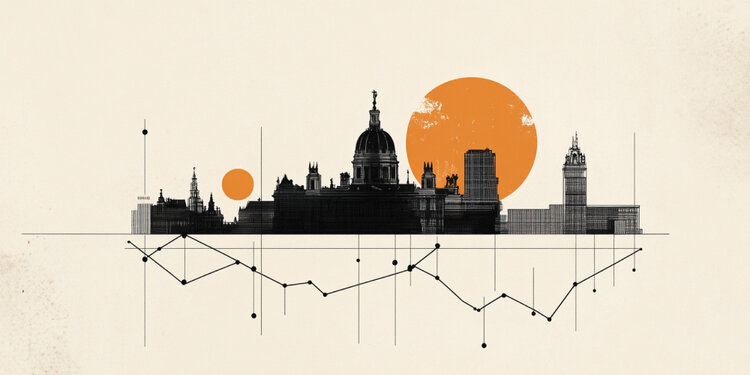This article is published in issue 46 of Vanity Fair on newsstands until November 16, 2021
Sixty kilometers of road, an hour that can become an hour and a half, one way. Then there is the return. Every week for twelve years Nadia has taken Umberto, 25, to the rehearsal of the orchestra. It is not a short path. «But don’t write that it is a sacrifice. Because it’s not: I love taking that road between Mortara and Milan, because I know that there is our happiness at the bottom. ”
The place of happiness is Hexagram, which already in the name declares its mission: if the music is written on the staff, it takes an extra line to make everyone play. «Now we speak of ‘inclusion’, once upon a time it was called ‘integration’», explains Gabriele Rubino, psychologist, musician and coordinator of the orchestra. “Our aim is to welcome everyone, but also to give importance to the person with disabilities, who is not only included in a group but becomes a fundamental piece of it: an orchestra is not a group of soloists, but a whole where every detail is important . Being inclusive means changing the context according to everyone’s needs “. Nadia knows that her son “gives little as musical production, but that little is used to make the symphony complete”. Umberto, he explains, “has both a severe cognitive and physical disability, he does not speak, he uses pre-verbal language, he moves well but must be conducted. He is like an 18-month-old baby, he must always be followed ».
The method of Esagramma, a school that was born, first in Europe, as a Laboratory of Applied Musicology in 1983, is based on putting everyone, immediately, in contact with the instruments. “Both operators and people with disabilities immediately experience what it means to make music together, even without precise notes or overly articulated movements,” explains Rubino. «For me, trained at the Conservatory, it was a Copernican revolution: now I know that beyond the technique there are shared breaths, emotions, dialogue». Observing the first three years, we realized that the orchestra also had a rehabilitative value, because «its members made a great personal evolution, in the management of emotions, attention, self-image. So the “Orchestral Music Therapy” method was born: in the first three years attention is paid to the psycho-pedagogical aspect with a structured observation, the work team is made up of educators, psychologists, musicians – trained in the Esagramma methodology – who play together to people with disabilities “. Everyone finds his “voice” and chooses the instrument according to his personality and ability, which can change over time. «Then they are ready to join the orchestra where we focus more on music teaching. We have our own proven repertoire – Bizet, Beethoven, Grieg, Stravinskij, Gershwin, Verdi – and a calendar of rehearsals and concerts ».
“If I get upset, if I get excited, my cheeks get inflamed,” says Mark, 32, from ten Hexagram student. He plays the marimba in the orchestra, and, despite the spastic tetraparesis, also the piano, with both hands. «I can do everything by heart, even very complex pieces, like Mahler’s symphonies. I give it my all, and I’m pretty calm. My mother and my sister are much more anxious than me when I go on stage ». He is also attentive to his companions, especially to his friend Giuseppe. «He always asks me i chewing gum, that’s why I always carry some with me. I help”. Tommaso, 15 years old, is also very independent, fond of African percussion. “He has a fragile X syndrome, communication is not optimal, in some aspects he is autistic,” explains his mother Barbara. “His great theme was shyness.” The antidote was the orchestra. “At first he was very agitated on stage, and his way to show discomfort was to yawn. Over time, however, his self-esteem has improved a lot: now he proudly shows the videos of the concerts he does, and often he goes there alone ».
Nadia learned to divide her son Umberto’s life into two parts: before and after Esagramma. “When he was in middle school we had to figure out which buttons to push to figure out how to make him express. He was attracted to the guitar my husband was playing, so we tried the music ». A more immediate language. “One of the first objectives of the orchestra is to learn how to start and finish all together: if my violin plays after everyone else has stopped, I understand that something has happened, and that I have to try to stay within the musical flow of the group”, explains Rubino. “At the time we were groping”, continues Nadia. «Only a year ago we discovered that he has a particular syndrome, he is currently the sixth known person in the world with this particular genetic mutation. He is not on the autism spectrum, but he moves a lot and always runs away. This is why when we had our first meeting with the educators we immediately said that our son would never be “stopped” playing. Instead they were serene. They told us: let’s try. And then the magic happened ».
The magic works like this: after a certain time, the parents are invited to the other side of a mirror, to witness their child’s rehearsals. A way not to make him feel his parents’ eyes on his skin. «Umberto appeared to us sitting on the chair, for a good half hour, with the cello between his legs. At first he had the bow resting on the ground. The conductor gestured to him. Umberto took it. And he started using it on the ropes. It was impossible: he had never picked up anything from the ground. It was a huge shock for our family, which has changed dramatically. Until then, the neuropsychiatrist had warned us, don’t ask too much of Umberto, don’t frustrate him. So we were very careful, not knowing what the boundary was between what he wanted and could do. The orchestra made us discover that it had an unexpressed potential, it had many more things inside ».
“Currently the orchestra is made up of 38 people, more than half with disabilities, and with ages ranging from 13 to almost 60 years”explains Rubino. “For this reason we have also started to train another one with the younger students, just out of the three years of orchestral music therapy”.
Beatrice, 19, has just joined the orchestra. “It is difficult to make certain movements, but it is in tune, follows the rhythm, remembers the sequences and follows the conductor well: he has always had an attraction for music and studied singing”, explains his mother Patrizia. “In 2019 we attended concerts from a stage at La Scala and I could understand that for her it is a very strong passion”. In Esagramma he tried to express himself with the violin, then with the double bass, the cello, the timpani and now he plays the harp ». Patrizia cannot describe what she feels when she sees her play. «I can’t explain it well, I see his enthusiasm, something moves inside me and I can’t stop the tears anymore. But they are all, and only, of joy ».
To subscribe to Vanity Fair, click here.
.
Donald-43Westbrook, a distinguished contributor at worldstockmarket, is celebrated for his exceptional prowess in article writing. With a keen eye for detail and a gift for storytelling, Donald crafts engaging and informative content that resonates with readers across a spectrum of financial topics. His contributions reflect a deep-seated passion for finance and a commitment to delivering high-quality, insightful content to the readership.






